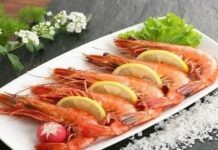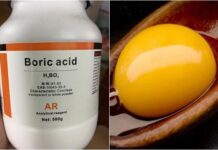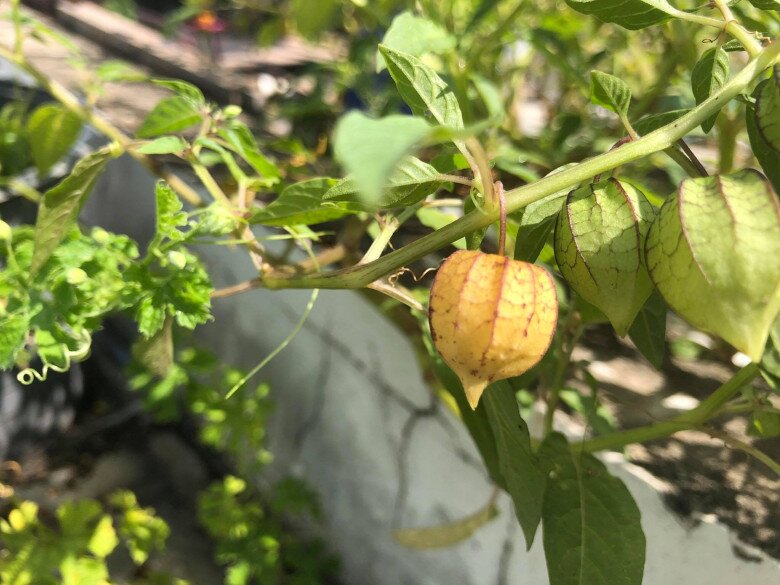
The golden berry, a nostalgic treat for many, holds a special place in childhood memories.
In Vietnam, this fruit is synonymous with carefree summer afternoons, where children would race along rice paddies, plucking ripe, golden berries for a tangy snack. Its balanced sweetness and subtle tartness evoke the innocence of youth. In contrast, South America, the birthplace of Physalis peruviana, cultivates this fruit with precision, resulting in plump, vibrant berries with a sweet, fruity flavor that graces tables across Europe, Japan, and the United States.
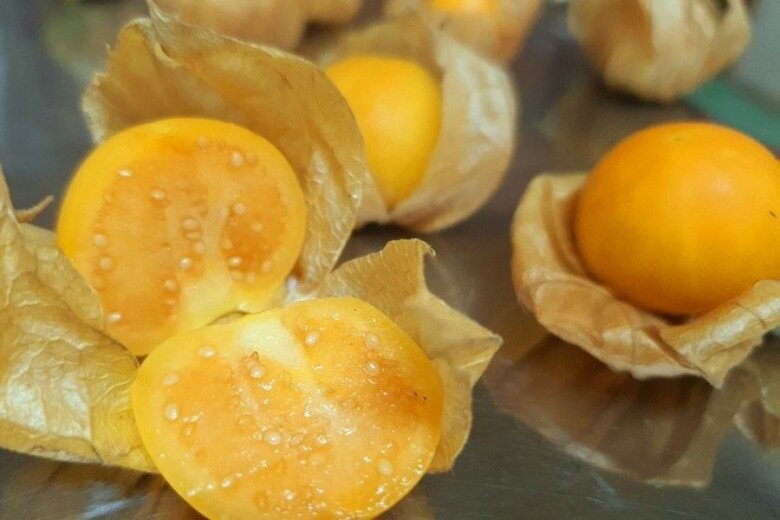
South American golden berries are larger and juicier.
Nutritional Value: More Than Just a Tasty Treat
Nutritional studies reveal that South American golden berries are packed with essential vitamins and minerals:
Vitamin A: Significantly higher than cherries or blueberries, promoting eye and skin health.
Vitamin C: Boosts immunity and acts as a powerful antioxidant.
Vitamin B3 (Niacin): Supports energy metabolism and nervous system function.
Minerals (iron, calcium, phosphorus): Strengthen bones and joints, beneficial for pregnant women.
Antioxidants: Protect the liver and kidneys, combating aging.
In traditional Vietnamese medicine, the wild golden berry (Physalis angulata) is valued for its cooling properties, treating sore throats, coughs, and skin infections. Both traditional and modern medicine recognize the health benefits of this humble fruit.
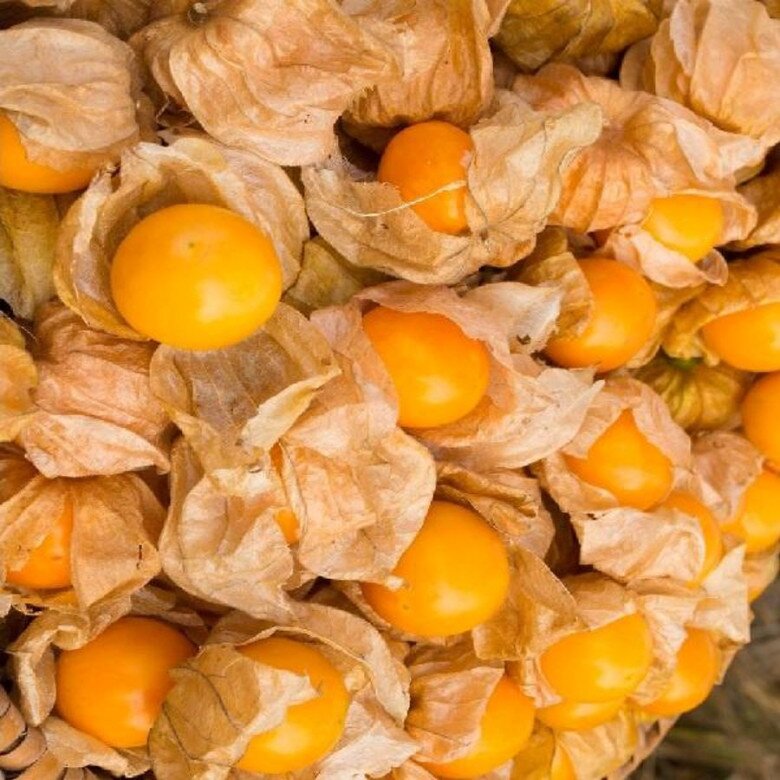
While in rural areas, golden berries are simply enjoyed fresh or in young leaf soups, high-end restaurants elevate this fruit to new heights: Fresh Snack: A healthy, low-calorie treat. Dessert Decoration: The golden berries, encased in their dry husks, add an artistic touch to wedding cakes, mousse cakes, and fruit tarts. Salads and Yogurt: Halved berries paired with lettuce, cheese, olives, or Greek yogurt. Jams and Smoothies: Transformed into jams or blended with mangoes and bananas for refreshing smoothies. Detox Drinks: Combined with oranges, passionfruit, and mint for a vitamin-rich, visually appealing beverage.
In South America, golden berry wine, a light, fruity wine, is a popular choice for celebrations.
Commercial Value: From Wild Fruit to Luxury Item
In Vietnam, wild golden berries grow abundantly in fields, rarely making it to markets, and when they do, they are sold for a mere few thousand dong per bunch of young leaves.
Abroad, the story is different. In Japan, a 100g tray of South American golden berries costs around 338 yen (~70,000 VND), or nearly 700,000 VND/kg. In Europe, prices range from 8 to 12 euros/kg, and imported berries in Vietnam can fetch 400,000–500,000 VND/kg.
Beyond supermarkets, chefs seek out golden berries for their aesthetic appeal. A single golden berry, nestled in its delicate husk, offers both flavor and visual charm, making it a favorite at upscale events.
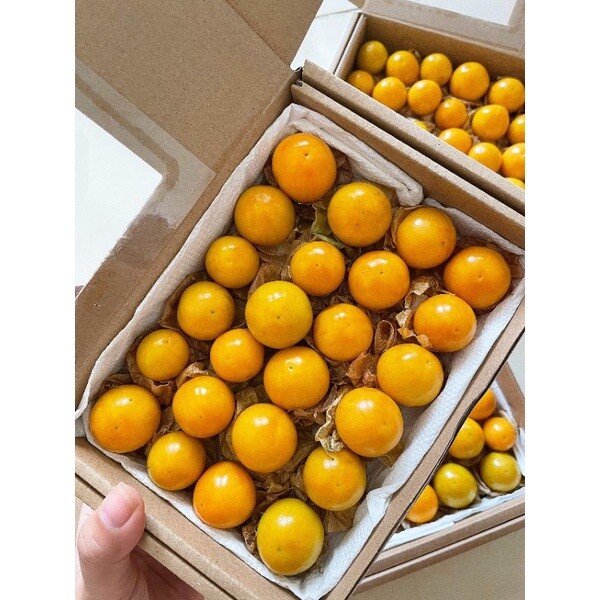
The golden berry’s journey from wild plant to premium product highlights a new opportunity: with careful cultivation, creative processing, and strategic marketing, even the most common plants can become high-value commodities.
Just as purslane has found its way onto five-star restaurant menus and pennywort has become a trendy detox drink, Vietnamese golden berries have the potential to become a sought-after specialty. The question remains: are we ready to invest in this “treasure by the roadside”?

























